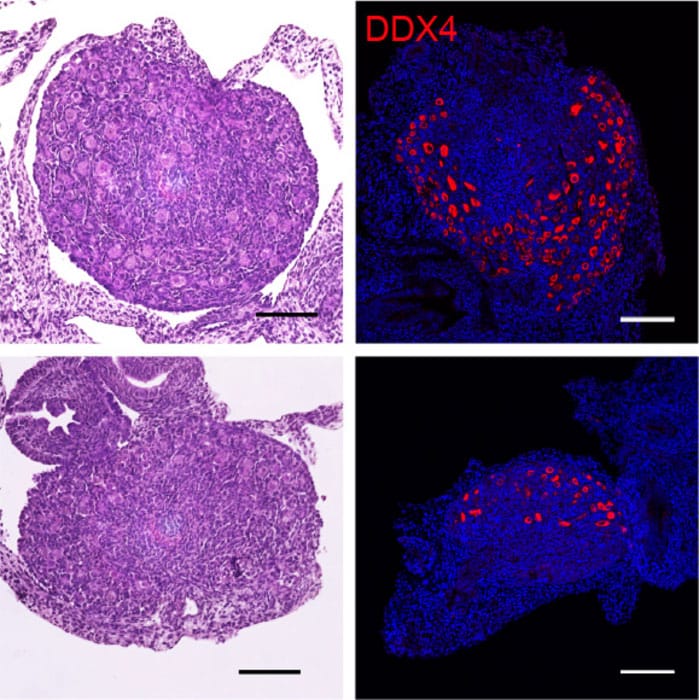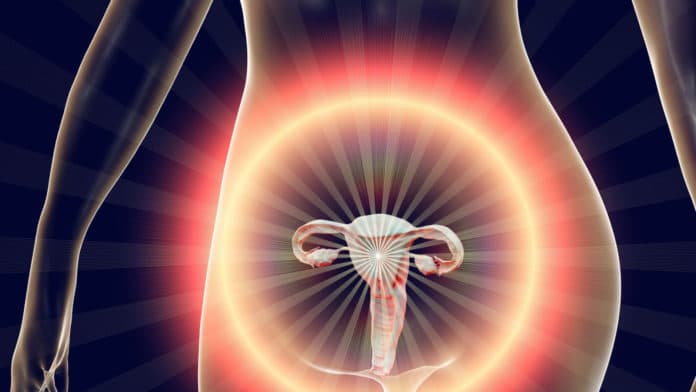The number and quality of oocytes define ovarian reserve. It refers to the reproductive potential left within a woman’s two ovaries based on the number and quality of eggs. Despite its fundamental importance, our understanding of how ovarian reserve is established and maintained remains poor.
Researchers from the University of California, Davis, describe the epigenetic mechanisms that control the development and operation of the mammalian ovarian reserve, offering molecular insights into the health and lifetime of female reproductive systems.
Professor Satoshi Namekawa, Department of Microbiology and Molecular Genetics at the University of California said, “In human females over the age of 35, you see a decline in Fertility. Our study may give us the foundation to understand how female Fertility is established and maintained at the molecular level and why it declines with age.”
All oocytes in primordial follicles pause their development when the ovarian reserve is established and can stay in this paused state for decades.
Namekawa said, “These arrested oocytes support Fertility. Some hitherto unknown molecular machinery pauses development. The main question is, how can these cells be maintained for decades? It’s a big question. They cannot divide, they cannot proliferate, and they stay quiescent in the ovaries for decades. How is this possible?”

Researchers used mouse mutants to discover that the Polycomb Repressive Complex 1 proteins were responsible for the pausing of this oocyte transition phase (PRC1). PRC1 suppresses the development process, called meiosis, that occurs before establishing the ovarian reserve.
Therefore, it ensures a proper gene expression program in the ovarian reserve. When the team created mouse mutants with depleted PRC1 machinery, they found that the ovarian reserve could not be established, and the cells underwent cell death.
Namekawa said, “We show that a conditional PRC1 deletion results in rapid depletion of follicles and sterility. These results strongly implicate PRC1 in the critical process of maintaining the epigenome of primordial follicles throughout the protracted arrest that can last up to 50 years in humans.”
“Deficiencies in PRC1 functionality may help explain cases of premature ovarian failure and infertility in humans.”
“Now that we found that this epigenetic process is key for the establishment, the next question is can we uncover a more detailed mechanism of this process?”
“How can the ovarian reserve be maintained for decades?”
Journal Reference:
- Hu, M., Yeh, YH., Munakata, Y. et al. PRC1-mediated epigenetic programming is required to generate the ovarian reserve. Nat Commun 13, 4510 (2022). DOI: 10.1038/s41467-022-31759-6
